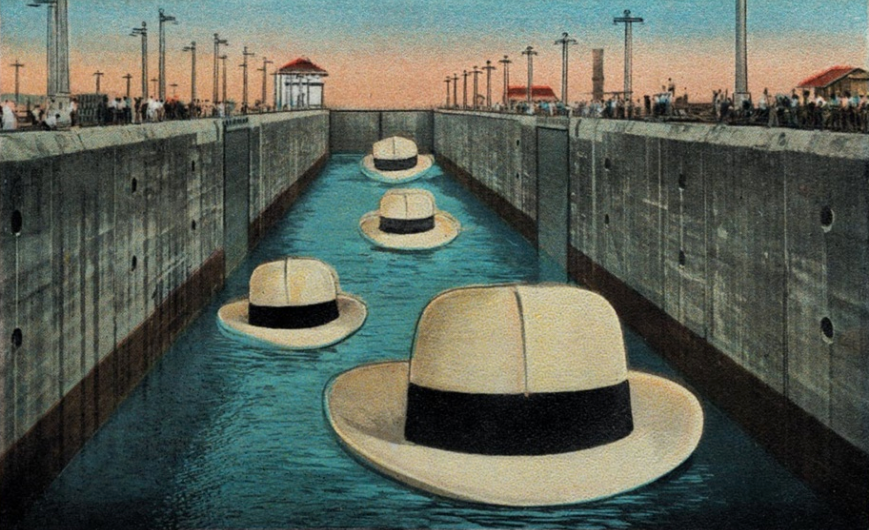
The Rise Of The Straw Hat

A century ago, the south west of France had a booming straw hat industry. Historically, these stitched straw braid hats were worn in rural areas and were designed to shield the face and eyes. Lightweight straw hats were popular during the summers of the 1820s. The boater hat was designed in the 1880s for sporting activities but soon became fashionable for men and women alike, as depicted in the Renoir painting Le Déjeuner des Canotiers (1881). Its popularity grew during the 20th century when it was seen in films starring Fred Astaire or Maurice Chevalier. In 1910, Coco Chanel designed her first boater, and the humble hat remained iconic for half a century.
In the Caussade district it began with Pétronille Cantecor, born Perette Gleye. The story goes that, while out herding sheep, she noticed the tall, thin, white straw that grew on the dry rocky land. She used this straw to make her first straw braid (paillole). The Occitan word ‘paillole’ became the generic term for straw hats.
Straw-hat making was seasonal and the industry a rural one. The process had many steps and was dependent on the skills of local peasants. The hats were not woven but were made by sewing together lengths of plaited straw in a spiral from crown to brim. Various shapes where created by altering stitching techniques before blocking and steaming. During the summer – the peak agricultural season – the hat factories would close but in winter, when farming activity was slow, farmers would return to plaiting and hat making to supplement their family income...
You can read this article in full in Selvedge issue 41.
